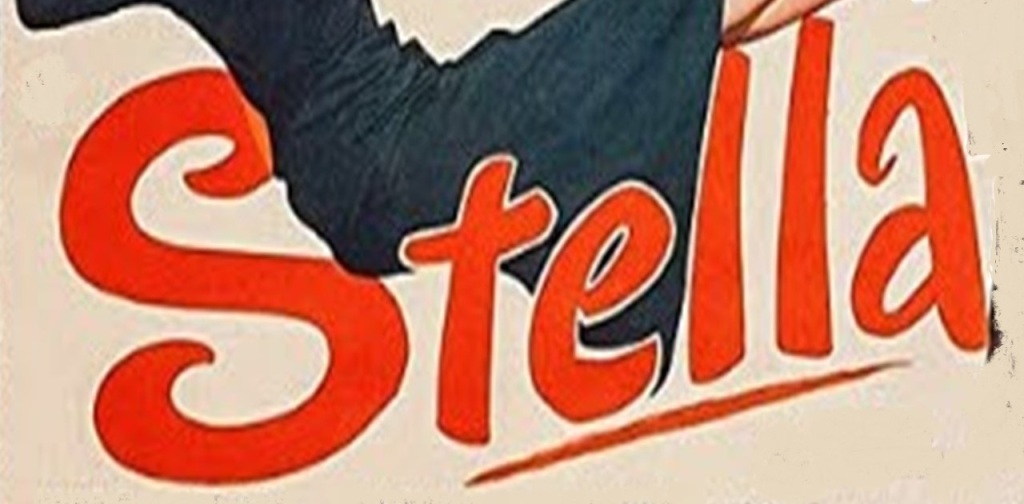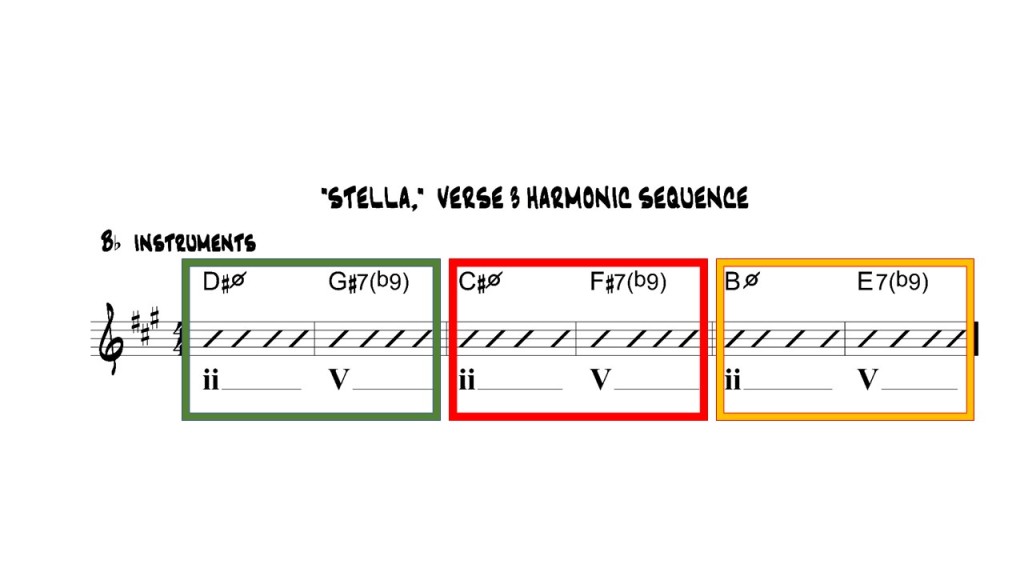
Yesterday, I discovered a sequence in Stan Getz’s 1952 Clef recording of “Stella by Starlight,” (MGC 137). The three-by-three format unfolds as Stan finishes the bridge on his first chorus. Here it is:

If you’ve studied “Stella,” you know that the final 8 bar section of the form contains the intriguing 6-bar harmonic sequence shown below:

As shown here, that harmonic sequence features 3 iterations of 8 beats each, for a total of 24 beats. But Getz begins his amazing melodic sequence 2 beats before the passage shown above, so he needs to fill 26 beats.
The diagram below illustrates the incredible way he accomplishes this Herculean feat. Stan’s motif of six eighth-notes covers 3 beats and is repeated three times on each of three starting notes. But on the second iteration of round two, he leaves out a beat. Thus, the total episode comprises 9 + 8 + 9 = 26 beats. Even at 160 beats per minute, Getz is able to execute this monumental feat so smoothly that it sounds effortless.


 Looking for a refreshingly novel approach to playing over a minor ii-V-i ? Here’s an idea by Stan Getz. It’s from bars 15 & 16 in the first chorus of his solo over “O Grande Amor” from “The Stockholm Concert.”
Looking for a refreshingly novel approach to playing over a minor ii-V-i ? Here’s an idea by Stan Getz. It’s from bars 15 & 16 in the first chorus of his solo over “O Grande Amor” from “The Stockholm Concert.”





